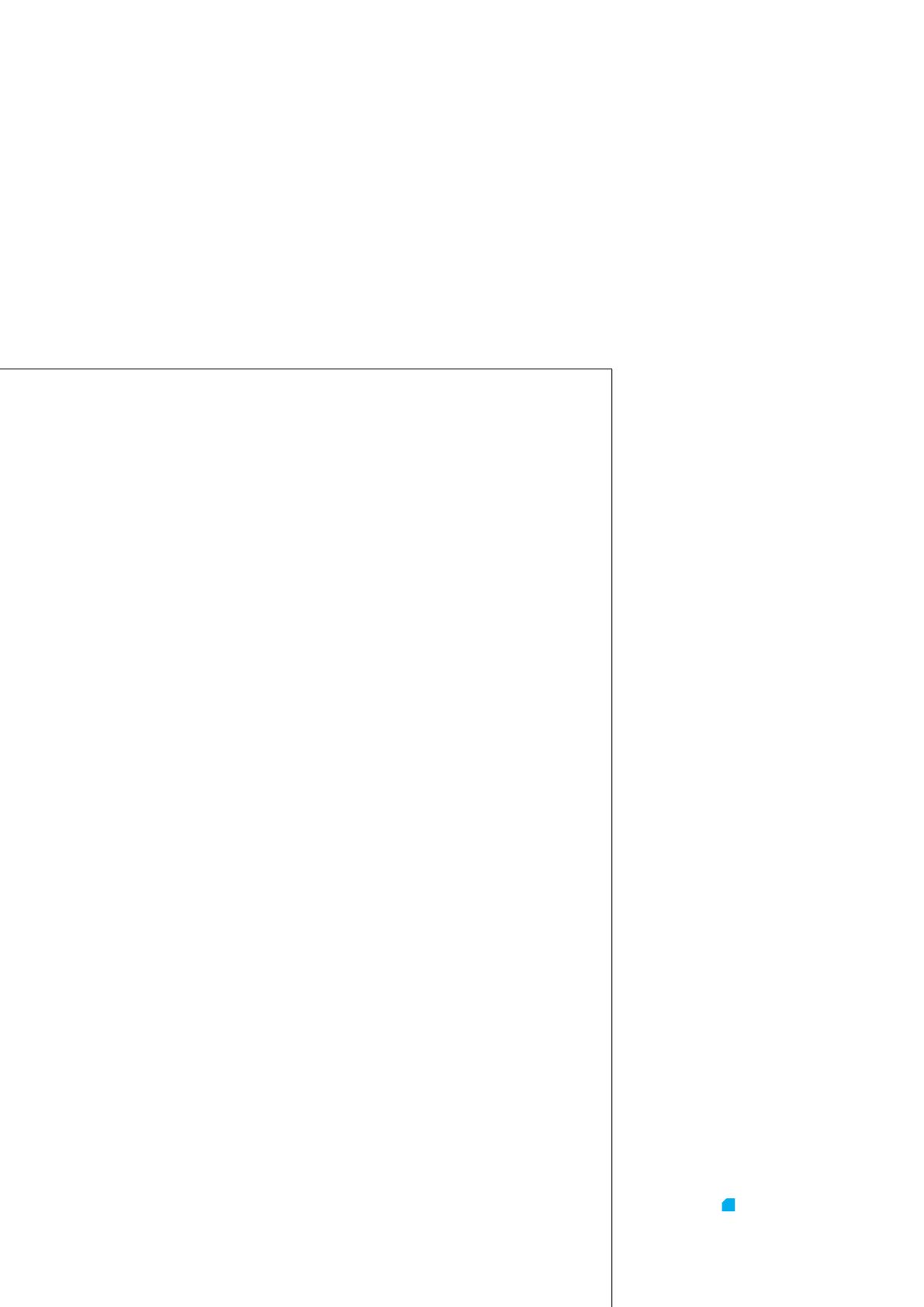
trailer, meaning that it was portable and able to serve all the
lines, allowing the customer to carry out easier, more frequent
and cheaper validation and recalibration of all the systems
onsite without interrupting operations. Ultimately, the
installation resulted in improved accuracy, which reduced the
billing uncertainty, and decreased loading time due to higher
meter capacity.
Truck loading and terminal automation
The owner of a private light hydrocarbons distribution terminal
buys and sells stocks of LPG. The business depends on the
accuracy of each transaction and on the capability to always
meet the customers needs on time, making sure the right
product is available and in stock when requested.
Problems arose as the terminal owner had not
automated the level measurement processes for tank and
truck loading facilities, therefore there was a lack of
transparency in data storage and transaction reliability,
which decreased the efficiency of total terminal operation.
The main aim was to increase the quality of customer
service and improve terminal management in terms of
reconciliation between storage data and sales through truck
loading systems.
Endress+Hauser provided three MID-certified standard
truck loading metering systems (LMS080), complete with
grounding units and ID card readers, an inventory monitoring
system (Tankvision Professional), integrating a radar level
gauge measurement system (Micropilot), and a terminal
automation system (Terminal
Vision) for stock and loading
movement reconciliation.
LMS080 is a standardised
solution developed specifically for
truck loading applications with the
aim to optimise the performance of
the coriolis meter during the loading
process. Total systems accuracy is
better than what is required by the
international normative
(e.g. +/-0.15% against +/-0.5%
requested by MI-005 for loading
applications).
Radar time of flight (TOF)
technology was proposed, along
with the company’s Micropilot
radar level gauges in conjunction
with the Terminal Vision inventory
system, ensuring the simplest and
most accurate stock measurement.
Full compatibility of the
Terminal Vision technology with
LMS080 and Tank Vision, and its
simple configuration and operation,
completed the scope of supply.
The installation resulted in a
number of benefits. Automation of
the processes reduced the risks of
human error in reconciliation
calculations, improving the accuracy
and safety of each transaction. There
was a price reduction for standard
configurations, and high quality and
performance at production prices.
Delivery time was also reduced for
standard configurations.
Conclusion
Case studies such as these illustrate
that truck, railcar, ship, pipeline, and
loading/offloading applications in
any terminal can benefit from safer,
robust and more efficient integrated
metering systems from a single
source supplier.
T&T


